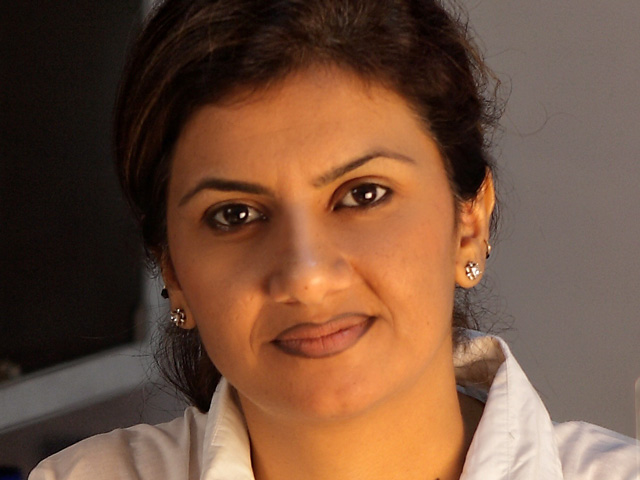We humans have been involved in space travel for many decades by now and near future we are going to establish colony at Mars. But as they say there are many a slip between the cup and the lip.
One of the biggest hurdle in the path is the availability of food to survive for months or years in the ultra-hostile environment of space. Agricultural researchers at a Dutch university say they are taking the first steps towards providing an answer. Happyho also provide best tarot reading services in Noida and Delhi NCR India area.
They are growing vegetables in soils similar to those found on the Moon and Mars, looking for ways of helping space pioneers grow their own crops.
Of course, getting real lunar and Martian potting soil is an impossible ask. But an Internet search revealed an unlikely supplier: NASA. The US space agency makes ground similar to that on the Moon from sand found in an Arizona desert, while Mars’ crimson “soil” is scooped from a volcano in Hawaii.
The first experiments started in 2013 after Wageningen received an order of 100 kilograms of NASA’s imitation “space soil” at a hefty price of 2,000 euros.
Scientist Wieger Wamelink stuck tomatoes, peas, cress and other plants in pots containing the simulated soil and crossed his fingers. Nobody, not even NASA, could tell them what would happen.
The imitation ground at first was a little “reluctant” to absorb water, but soon turned out to be good potting soil.
Like the actor Matt Damon in the science fiction movie “The Martian”, Wamelink watched with amazement as his “space veggies” grew bigger day-by-day. Especially in the Martian soil, plants were growing very fast and very good. They even started to flower, something that they never anticipated.
An essential question however remains whether these unusual vegetables are safe to eat. Martian and lunar soil, including NASA’s own imitation, may contain heavy metals that are harmless to plants but could prove deadly to humans.
Wamelink has come up with a possible solution.
If analyses show that the vegetables contain arsenic, mercury or iron making them unfit for human consumption, the soil can be purified by growing other plant species such as violets which absorb the poisons.
Wamelink concedes that the experiment has a drawback — it is being conducted in non-sterile conditions on Earth where only the nutrient quality of the soil is being assessed. And there’s much more to test.
Extremely cold temperatures — dropping to minus 62 degrees Celsius on Mars — as well as a lack of oxygen means that lunar or Martian vegetables and fruit could only be grown in a closed and controlled environment.
The facility would have to be pressurised to normal atmospheric conditions on Earth, heated and lit, and protected from cosmic radiation, which damages plant DNA.
That points to a “space greenhouse” — a type of container, buried underground and kitted out with solar panels and LED lighting. Water should be no problem as it is found as ice on both the Moon and Mars.
Other questions that need answers include the presence of friendly bacteria to help plant growth and what happens to plants that grow in low gravity.
NASA plans a human trip to Mars within the next 10 to 15 years or so but similar plans are also being pursued by billionaire Elon Musk and the Dutch company Mars One, tentatively aiming to set up human colonies on the Red Planet.
However technology and the know-how to keep astronauts alive on Mars still has a long way to go. The scientists must regard a plant as a piece of technology and understand exactly what happens to it first. All chemical, microbiological and physiological aspects (of plants in extraterrestrial conditions) needs to be understood and mapped.


